The term silver insulation fabric encompasses a range of textile materials designed to offer thermal insulation through the incorporation of silver, a metal known for its excellent thermal reflectivity. These fabrics are engineered to provide a barrier against temperature changes, making them ideal for various applications where temperature control is crucial.
Types of Silver Insulation Fabric
Within the category of silver insulation fabric, there exists a diverse array of products, each tailored for specific applications. The honeycomb pattern thermal insulation fabric is a prime example, offering superior air trapping capabilities due to its unique design, which enhances thermal efficiency. Another variant is the reinforced fiberglass aluminum-coated high silica fabric, which is exceptionally resistant to high temperatures and mechanical stress, making it ideal for industrial settings that demand robust performance. For the construction industry, heat-resistant silver insulation roofing sheets are a game-changer, reflecting solar radiation and significantly reducing energy costs. These types are just the tip of the iceberg, with each offering unique benefits for thermal management solutions.
Structure of Silver Insulation Fabric
The intricate structure of silver insulation fabric is a testament to modern textile engineering. At its core, a base layer of polyester—be it woven, knitted, or nonwoven—provides the foundational fabric structure. This is then meticulously coated with a silver layer, applied through advanced techniques to ensure even distribution and maximum efficacy. The silver is often anchored to the polyester with a polyurethane (PU) coating, which not only secures the silver in place but also enhances the fabric's overall resilience and waterproof qualities. This complex construction is pivotal for the fabric's insulative capabilities, enabling it to effectively combat temperature fluctuations in various environments.
Materials and Properties
The materials selected for silver insulation fabric are chosen for their complementary properties. Polyester serves as a durable, flexible, and resilient base, while the silver coating is paramount for its thermal reflectivity. The additional coatings, such as PU, PVC, PE, or LDPE, are not arbitrary; they are applied to fortify the fabric against environmental challenges, including water exposure, UV radiation, and physical abrasions. These materials are synergistically combined to produce a fabric that is protective, long-lasting, and versatile for a multitude of applications.
Business Usages and Applications
The silver insulation fabric has carved out its role in various business sectors due to its exceptional insulative properties. In the construction realm, it serves as an energy-efficient barrier when used as roofing sarking, reflecting heat and contributing to temperature regulation within buildings. In the realm of apparel, it provides warmth without adding weight, a critical factor in the design of outdoor and activewear. For the tech industry, it plays a protective role, safeguarding sensitive equipment from temperature-related malfunctions. These applications not only demonstrate the fabric's functional versatility but also its contribution to enhancing product value and user experience across industries.
Functions of Silver Insulation Fabric
The silver insulation fabric is engineered to perform a variety of functions. Its primary role is to serve as a thermal barrier, reflecting heat to maintain a stable temperature in the environment it encloses. This function is critical in both apparel, where body heat retention is necessary, and in building materials, where preventing heat transfer can result in significant energy savings. Additionally, the fabric's anti-static properties are invaluable in environments where static electricity could pose a risk to sensitive electronic components or attract dust and particles.
Features of Silver Insulation Fabric
Distinctive features of silver insulation fabric include its high thermal reflectivity, lightweight nature, and adaptability. These features are complemented by the fabric's anti-static nature and its ability to resist common forms of wear such as tearing and wrinkling. Such characteristics make it a standout choice in markets that prioritize advanced material technology and performance.
Benefits of Silver Insulation Fabric
The utilization of silver insulation fabric brings forth a plethora of benefits. Its thermal regulation capabilities can lead to significant energy savings, while its durability ensures that products retain their functional and aesthetic qualities over time. Moreover, the fabric's resistance to environmental factors like UV radiation and moisture extends its usability across various climates and conditions.
How to Use Silver Insulation Fabric
Optimal use of silver insulation fabric is contingent upon an understanding of its thermal properties. When integrated into clothing, the silver-coated side should be oriented to maximize body heat reflection. In construction applications, the fabric should be installed with the silver layer facing outward to reflect thermal radiation away from the building, thereby enhancing insulation.
How to Choose the Right Silver Insulation Fabric
Selecting the appropriate silver insulation fabric is a matter of matching the material's properties to the intended application. For clothing, the fabric's breathability and comfort are crucial, while for industrial applications, factors like temperature resistance and mechanical strength take precedence. It's essential to consider the specific conditions the fabric will face, such as exposure to chemicals or extreme temperatures, to ensure the chosen material will perform as required.
How to Clean and Maintain Silver Insulation Fabric
Caring for silver insulation fabric involves gentle cleaning methods to preserve the integrity of the silver coating. Maintenance routines should focus on preventing the degradation of the fabric's insulative properties, which includes avoiding harsh chemicals and adhering to the recommended care instructions provided by the manufacturer.
How to Install Silver Insulation Fabric
Installation of silver insulation fabric in construction settings should be approached with care to maintain its insulative properties. The fabric should be laid out flat and secured without overstretching, ensuring that the silver layer remains intact and functional. Proper installation is key to maximizing the effectiveness of the fabric's performance over time.
What are the key features to look for in high-quality silver insulation fabric?
When assessing the quality of silver insulation fabric, key features to consider include its thermal reflectivity, resistance to environmental stressors, and the durability of its composite materials. High-quality fabric should maintain its insulative properties consistently over time, even in challenging conditions.
How does silver insulation fabric compare to other thermal insulation materials?
Compared to other insulation materials, silver insulation fabric is distinguished by its lightweight, flexibility, and the unique thermal properties conferred by the silver coating. These attributes offer advantages in terms of ease of use, installation, and performance, setting it apart from more traditional insulation options.
Can silver insulation fabric be customized for specific business needs?
Customization of silver insulation fabric is a service offered to meet particular business demands. This includes tailoring the fabric's color, pattern, and technical specifications to align with specific applications and target markets, ensuring that the material meets the precise needs of customers.

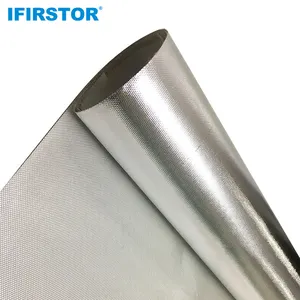

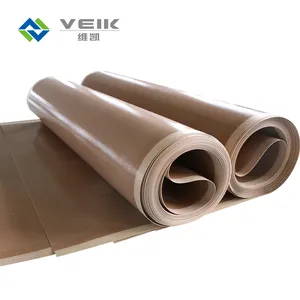







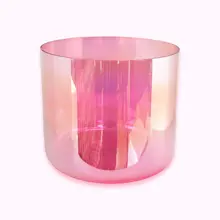
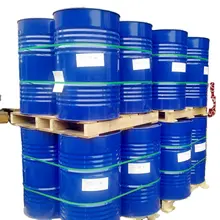
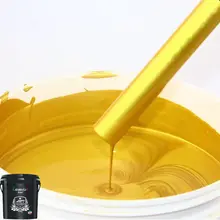
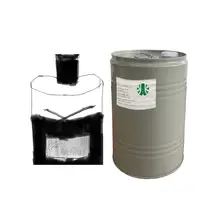




























 浙公网安备 33010002000092号
浙公网安备 33010002000092号 浙B2-20120091-4
浙B2-20120091-4